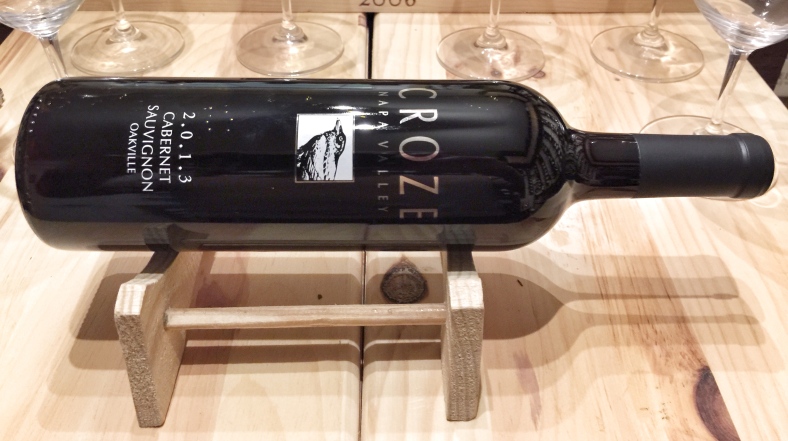2010 Chateau Peyfaures
2013 Nadia Cabernet Sauvignon
– Pipe and Pint Grape Notes – Vol.1/Ch.7
It’s hard to believe that we are already on review number seven and while we have covered quite a few wine growing regions and grape varieties, no mention yet of what many still rightfully consider to be the mecca of wine. And no, I am not talking about Napa Valley! Let’s try that one again, shall we. With about 300,000 acres of vineyards, around 10,000 wineries and a total annual production of close to a billion bottles, the Bordeaux region in France is still the big player in the wine world. No other wine region in the world draws as much regular attention from press, collectors and wine drinkers, particularly around the time when the new vintages are first tasted in the barrels by critics in what the Bordeaux marketing machinery has titled its “en primeur” campaign. In fact, the 2015 tastings have just concluded which is why I thought it would only be appropriate to spend some time talking about Bordeaux today.
Now, if you paid attention to the two wines we are reviewing today, you might or might not have noticed that only one of them is actually from Bordeaux – the other one being a Cabernet Sauvignon from Santa Barbara County. If you did notice, good catch! I’ll explain why that is the case later on.
Now that we have established the fact that Bordeaux is indeed a wine powerhouse, let’s take a closer look because to a lot of people not familiar with the region, the sheer size, variety and let’s not forget, cost of some of the wines, can be quite intimidating. We’ll start with the fact that wines from Bordeaux are actually subdivided into many regions and depending what region they are from determines the style of wine you can expect. There are 38 sub-regions and a total of 57 appellations within those sub-regions. That’s a lot but don’t worry, you don’t have to memorize all of them because the most important distinction to keep in mind when looking at red Bordeaux wines is whether the Chateau is located on the left bank or right bank of the Gironde river which flows right through the center of the Bordeaux region.
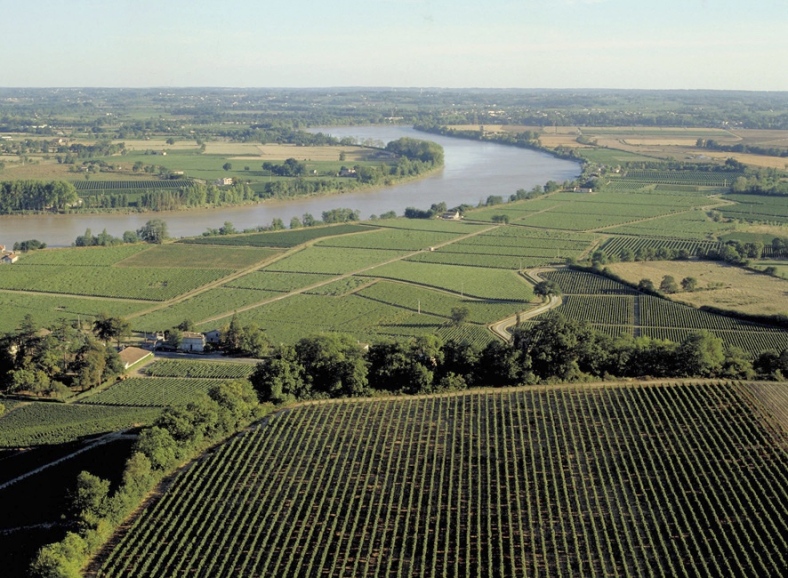
The left bank which hosts all of the famous first growth Bordeaux chateau (Chateau Lafite Rothschild, Chateau Margaux, Chateau Mouton Rothschild, Chateau Latour and Chateau Haut Brion) is home to the Medoc region and within that the Saint Estephe, Pauillac, Saint Julien, Margaux, Haut Medoc, Graves, Pessac Leognan and Listrac Moulis appellations. While every appellation and Chateau naturally produce their own unique wines, there is a combining element. All of the left bank wines tend to be dominated by the Cabernet Sauvignon grape, usually blended with smaller percentages of Cabernet Franc, Merlot and sometimes Petit Verdot and Malbec. All of these grapes are referred to as typical Bordeaux varieties and a combination of two or more of these make up a Bordeaux blend. Hence, if you are out shopping for a red Bordeaux and encounter a wine from one of these left bank appellations, you are most likely going to get a Cabernet Sauvignon heavy wine with all of the associated aromas and taste characteristics.
That picture changes however when you travel over to the other side of the Gironde river. Merlot is the name of the game on the right bank. Most of the wines from the Pomerol and Saint Emilion appellations tend to be centered around Merlot with smaller percentages of Cabernet Franc and some Cabernet Sauvignon blended in. Because of the Merlot dominance the wines from these regions are usually a little smoother and show more subtle tannins compared to their left bank counterparts. This is a pretty important distinction to remember since unlike the wines from US producers, Bordeaux wines are never identified by the grape varieties but rather by the Chateau (producer) and the appellation (i.e. Chateau Lafite Rothschild from Pauillac).
Unfortunately, there are a few more things to keep in mind when buying Bordeaux wines. Those of you who read my post on Southern Rhone may remember the different quality classification levels of the AOC (Controlled designation of origin) system. While quite simple in the Rhone, it is much more complex in Bordeaux. For one, the different Bordeaux appellations all have their own unique historic hierarchical system for defining quality levels which makes it a little difficult to compare wines across the different Bordeaux regions. I am not going to go into the details now as the complexity of the systems warrants its own post. However, for now do keep in mind that most Chateaux from the famous left and right bank appellations I mentioned above generally produce very high quality wines that consequently sport pretty hefty price tags. Try finding a high quality Saint Emilion wine at the lower end of the price spectrum…
There are however ways of finding high quality Bordeaux wines that won’t break the bank and the key to that is looking outside of the famous regions since just like in the Rhone, Bordeaux has a category for wines that don’t exclusively originate from one of the specifically designated appellations. Hence, any wine that isn’t exclusively grown in Pauillac or Saint Emilion for example, can’t use that designation. Those wines could be grown just outside of a designated geographic appellation but still be within the vast Bordeaux region. The AOC system refers to those wines as either Appellation Bordeaux Controlee or Appellation Bordeaux Superior Controllee.
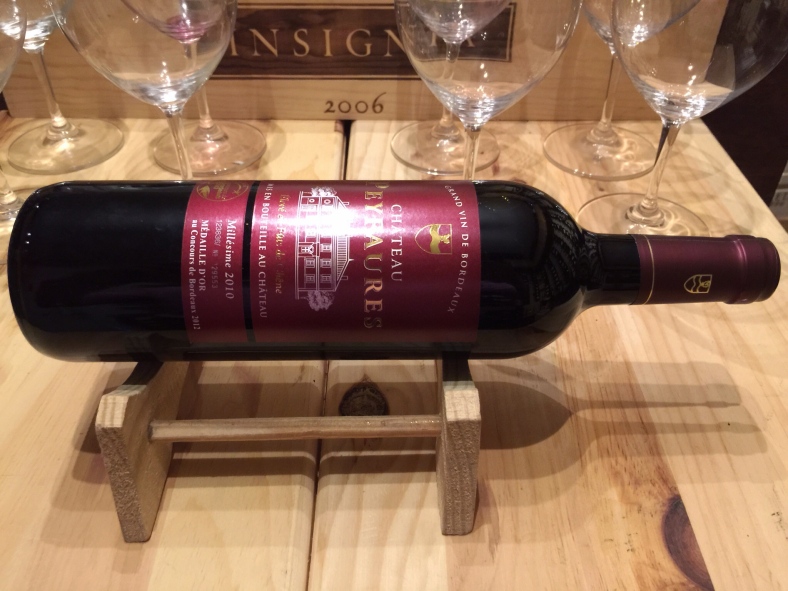
Chateau Peyfaures, a Bordeaux Superior, is a great example of a right bank style Bordeaux that is actually grown right across from the Saint Emilion appellation in the Entre-deux-Mers area. It’s the area that lies right below the point where the Gironde river splits, hence its name which translates to “between two seas”. Chateau Peyfaures is a small, family-owned producer that focuses on making wine which really showcases the 34 acres of beautiful terroir on which it is grown. The iron rich chalk and clay based soil produces wine that while very drinkable in its youth also ensures a nice aging potential. I was just recently introduced to Chateau Peyfaures which consists of 80% Merlot, 12% Cabernet Sauvignon and 8% Cabernet Franc through their consulting oenologist Virginie Rolland. Some of you might be familiar with Michel Rolland who acts as a winemaking consultant for some of the most famous and spectacular wines in the world such as Chateau Ausone, Screaming Eagle and Harlan Estate just to name a few. Virginie is his niece and having studied with her uncle, she clearly learned a thing or two about making great wines.
Chateau Peyfaures is a very approachable, fresh yet astonishingly layered wine that is meant to be enjoyed in an uncomplicated manner. On the nose it reveals a lush, fruity character driven by blackcurrant, blackberry and dark cherry aromas. These aromas are well balanced, by no means overpowering and are complemented nicely by hints of violet, bay leaf and some subtle cedar notes. Being Merlot heavy, it drinks beautifully smooth and the tannins are noticeable enough to give it some grip without ever jumping to the front. This makes it a very versatile food companion. While clearly not as complex and layered as some of its more famous “counterparts” from across the river in Saint Emilion, Chateau Peyfaures is a great example of what right bank Bordeaux wines are so well known for…at a very affordable price point.
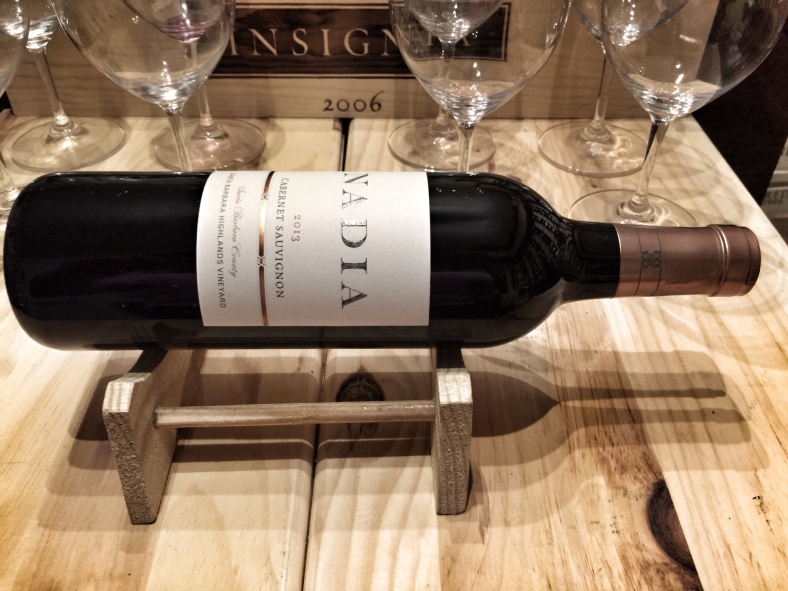
The left bank Bordeaux example I picked today as a comparison is actually not even from that region. We’ll cover a “true” left bank in an upcoming post. Instead, I chose one of the many wines from around the world that so closely resemble the classic Bordeaux style. Laetitia Winery’s Nadia Cabernet Sauvignon is one of those examples. A blend of primarily Cabernet Sauvignon accompanied by Merlot and Cabernet Franc, it mimics the Bordeaux style very nicely. It is grown in the Santa Barbara Highlands in California where the climatic conditions are very favorable to this type of wine. As a result, Nadia delivers a lovely combination of dark fruit and herbal aromas. Blueberries notes are accompanied by hints of oregano and basil, all held together by a nice earthiness and minerality. On the palate the fruit gets lifted by subtle dark chocolate flavors and an interesting leather tone. The mouthfeel is a little more distinct and grippy than Chateau Peyfaures but that is to be expected from this Cabernet-dominated wine. It helps to provide a nice long finish, leaving me wanting another sip.
Let me conclude this already long post by reiterating that both of these wines represent tremendous value for both left and right bank Bordeaux style wines. Treat yourself to a bottle of both and discover the differences and unique characteristics of the left and right bank Bordeaux regions.
Cheers,
Christian




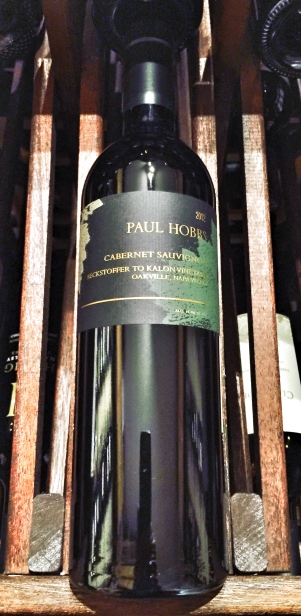
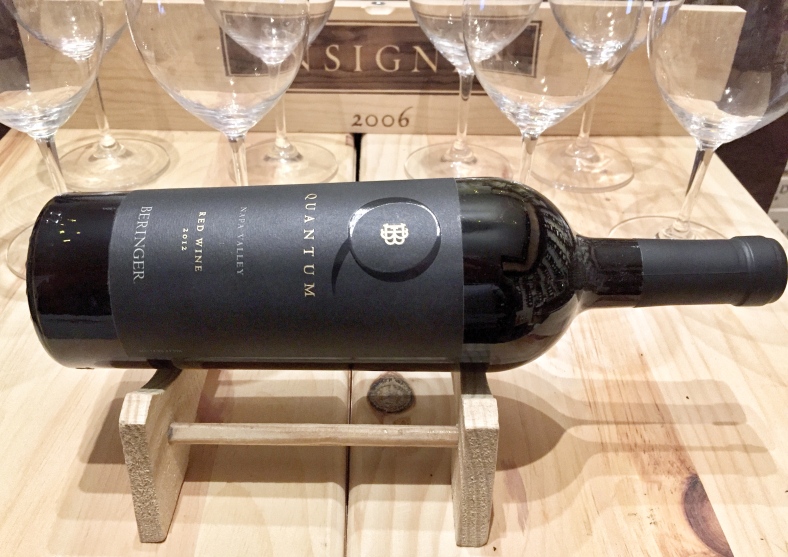
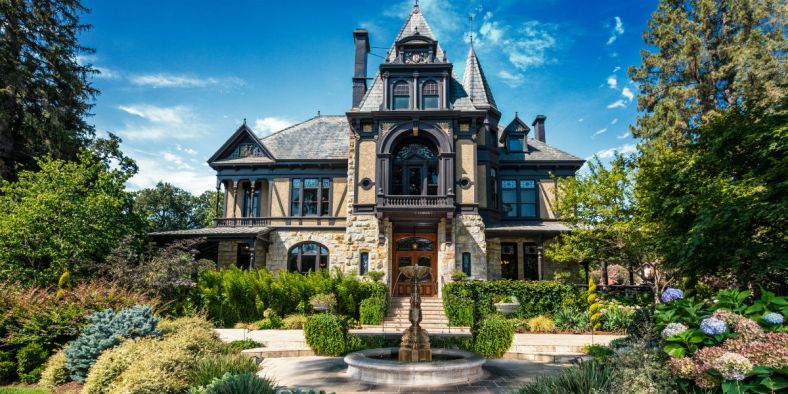

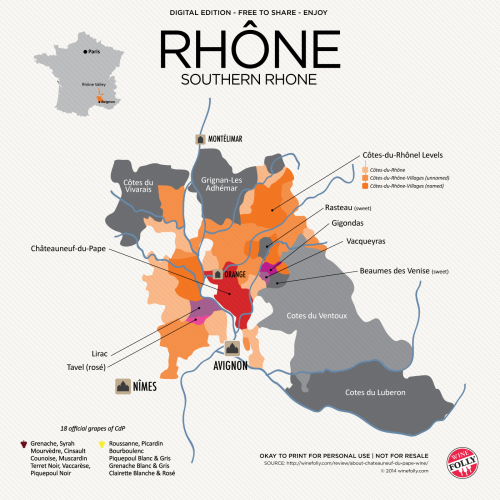
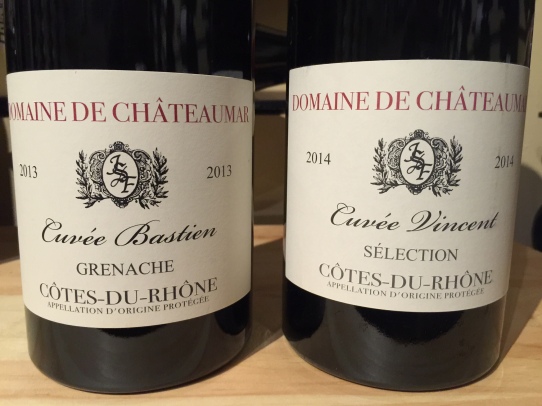
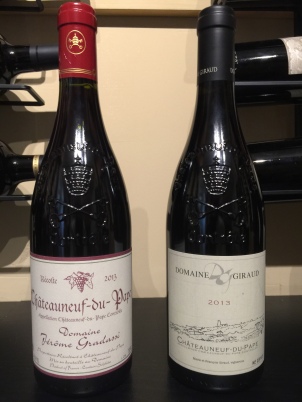
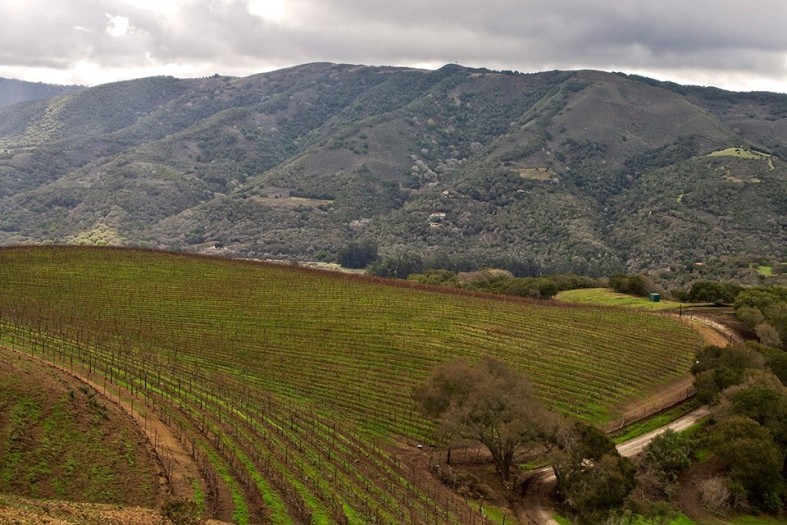
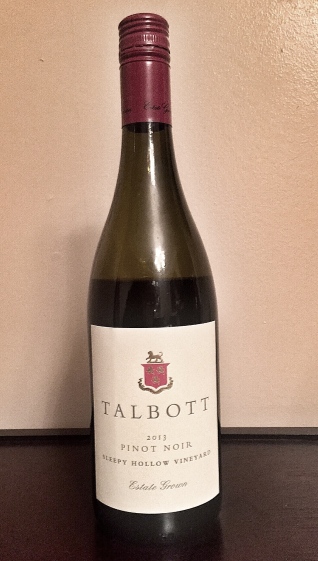 The Sleepy Hollow Pinot Noir stood out to me the most since it managed to really showcase some of the qualities that are so enjoyable and distinct in Pinot Noirs. It’s one of those wines that presents itself with a nice fruit forward character, showing a nice mix of dark berries, blackcurrant and black cherry but manages to keep it interesting by wrapping this fruit in a nice earthy and herbal note which gives the fruit a distinct but very pleasant slightly bitter undertone. There is even some notes of pepper and cedar wood on the finish. It’s a precise wine with plenty of finesse and a nice soft texture on the palate which is very well balanced, showing that it’s been aged in oak but not in an overpowering kind of way. It has a nice level of acidity and minerality to always keep you interested.
The Sleepy Hollow Pinot Noir stood out to me the most since it managed to really showcase some of the qualities that are so enjoyable and distinct in Pinot Noirs. It’s one of those wines that presents itself with a nice fruit forward character, showing a nice mix of dark berries, blackcurrant and black cherry but manages to keep it interesting by wrapping this fruit in a nice earthy and herbal note which gives the fruit a distinct but very pleasant slightly bitter undertone. There is even some notes of pepper and cedar wood on the finish. It’s a precise wine with plenty of finesse and a nice soft texture on the palate which is very well balanced, showing that it’s been aged in oak but not in an overpowering kind of way. It has a nice level of acidity and minerality to always keep you interested.